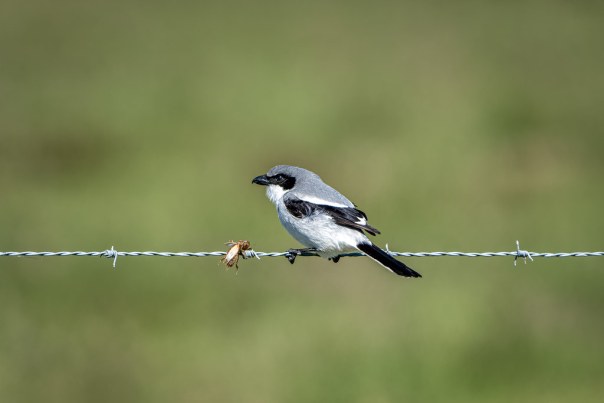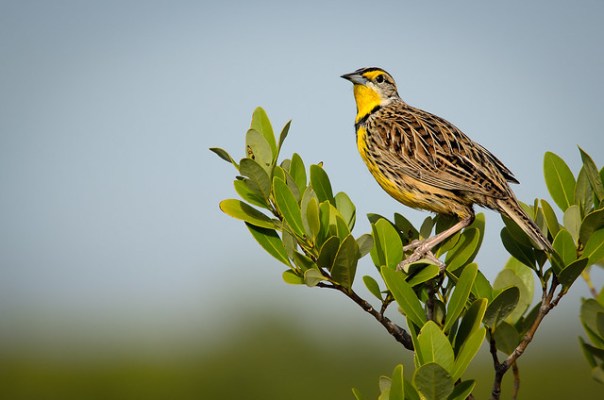I haven’t posted in a while, so it’s about time. And I have been making some photos lately. Here are a few that I like – all made since my last post.
 Another quiet morning on the St. Johns river.
Another quiet morning on the St. Johns river.(February 17; Boat ramp on HW 50 at the St. Johns River; three frame panorama; merged in Photoshop.)
 Warm light on a wading Willet.
Warm light on a wading Willet.(February 17, Gator Creek Road in Merritt Island National Wildlife Refuge, single frame, cropped.)
 A wary Raccoon.
A wary Raccoon.(February 23; Orlando Wetlands Park, single frame, cropped.)
 Forest flowers.
Forest flowers.(February 24, Central Winds Park in Winter Springs; Focus Bracket in Camera, merged in Photoshop.)
 Through the trees.
Through the trees.(March 4; Orlando Wetlands Park; single frame; cropped.)
 Nesting Woodstork.
Nesting Woodstork.(March 4, Orlando Wetlands Park, single frame, Adobe enhanced resolution, cropped.)
 Ruffled Feathers.
Ruffled Feathers.(Eastern Meadowlark; March 7; Joe Overstreet Road; single Frame; cropped.)
 A river runs through it.
A river runs through it.(March 10; Leroy Wright recreational area along SR 520 at the St. Johns river , Cocoa Fl; Sony Pixel Shift Multi Shoot (16 frames), merged in Sony Imaging Edge; Converted to B&W in Lightroom.)
I made all of these (and more!) while trying out and setting up my new camera.
In late October of last year, Sony announced the latest version of their high resolution model line: the A7R V. There’s a lot of info available on the web about it. I read a great deal of that over 3+ months before finally deciding to upgrade my faithful A7R III (which was announced way back in October of 2017). I packed up quite a bit of my existing camera gear and traded it in for the new one. If you’re interested, you can read a lot of the same info I researched on-line, so I’m not going to repeat any of that here. I’ll just summarize some things and give you my first impressions to go along with the images above.
6 years is a long time in the camera design universe. These are changes that I really like:
- The native sensor resolution is slightly higher – nice for landscapes and very helpful for wildlife photos. The pixel shift multi shot capability now seems to work very well (it didn’t on the A7R III and I never used it). For static subjects where you want huge resolution files, I think it’s a better implementation than even the Olympus EM 1 MII version that I used a lot when I had that camera.
- Focus capabilities are immensely improved. The human eye auto focus on the A7R III convinced me to buy that years ago. The A7R V AI auto focus is much better and will be wonderful for many subjects, not just people.
- Image Stabilization on the A7R III was not a standout feature. On the A7R V it is.
- The A7R V has a huge image buffer. You can shoot continuously at the highest frame rate for up to 1000 frames (using CF Express cards). Even using SD UHS-II cards (slower than CF Express) it will still shoot over 100 frames before the buffer fills.
- Many RAW Image formats are now supported. You can choose compressed / uncompressed as well as medium or low resolution RAW files if you don’t need the full resolution.
- Video is much improved (although I should study this and use it more often!).
- The Electronic Viewfinder and the back LCD are both improved with higher resolution and frame rates. The LCD also tilts and swivels – very useful.
Other things have changed, but they’re minor (for me). In summary I like everything Sony did with this camera and I hope to use it for a long time to come. If you have any questions, I’d be happy to try and answer them in the comments.
By the way, nesting activity at Orlando Wetlands is still in full swing. It’s a good opportunity to observe several species creating new life.
Click on any of these photos to see higher resolution versions on Flickr.
The header image: Great Egret Fly-by (higher res version here: https://www.flickr.com/photos/edrosack/52719484820/in/dateposted-public/)
Thanks for stopping by and reading my blog. Stay positive, be kind, take care of yourselves and each other. And if you can, make some photos!
©2023, Ed Rosack. All rights reserved





























